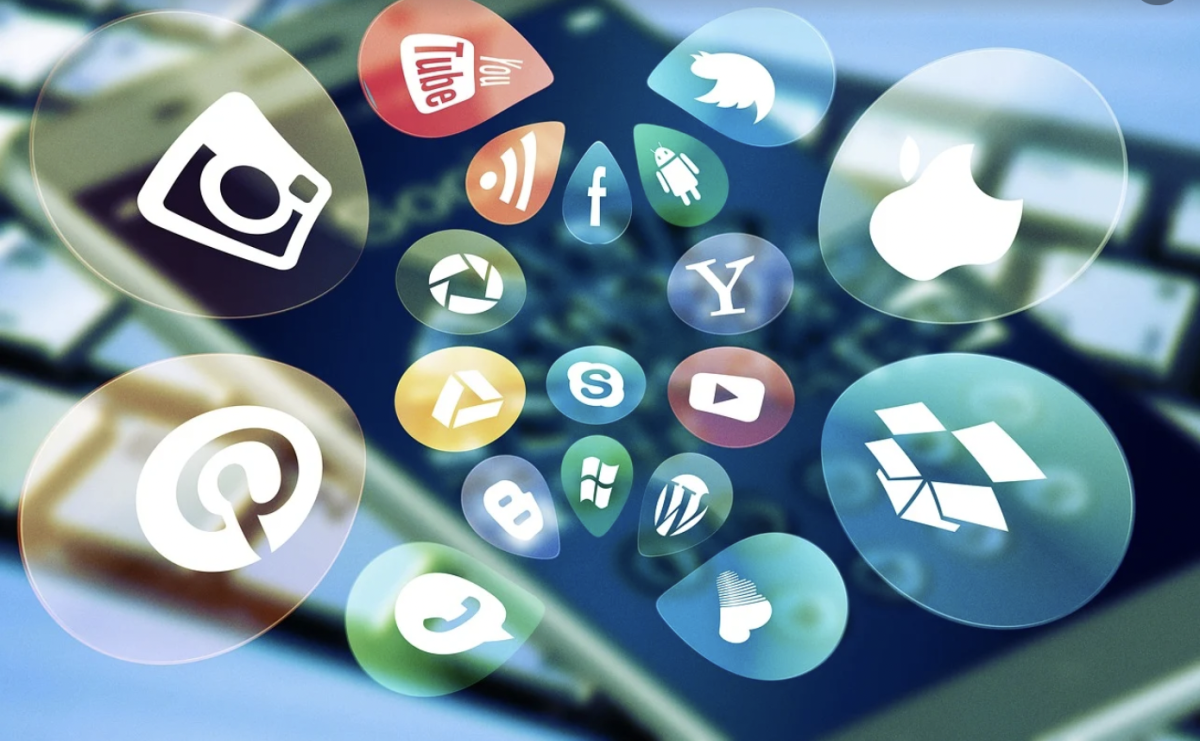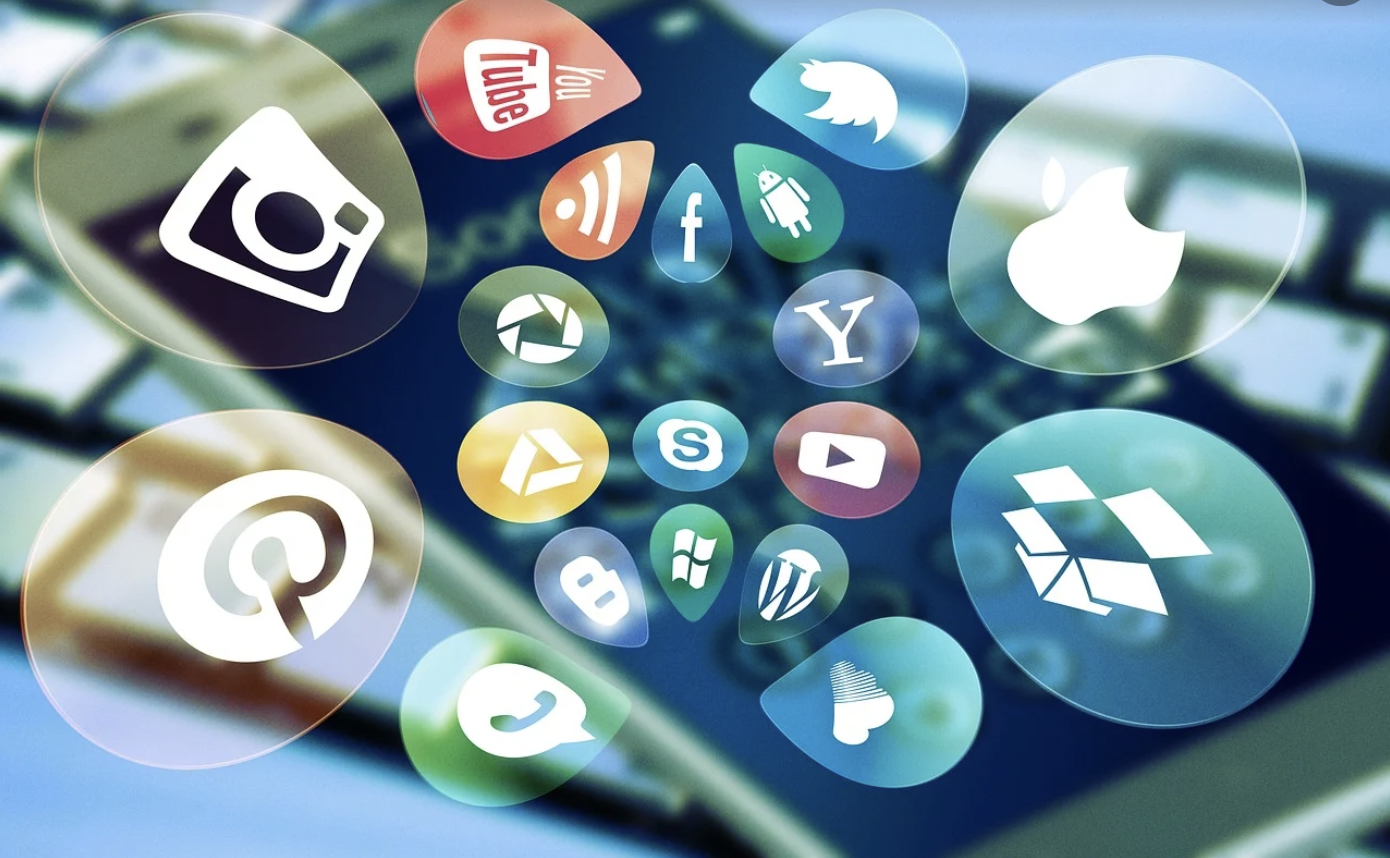Social media is free, it always has been and it utilizes the platform it has to generate revenue for itself. The colors, the notifications, the likes are all intentional. So why do we allow social media to consume our lives? The media used to be a leisure activity, something one would read at the hair salon, and today it’s on us from the second one wakes to the moment they go to sleep.
At the turn of the 20th century, as the internet became the newest and hottest thing, social media quickly rose to fame. It started with MySpace, which was quickly replaced by Facebook, then came Snapchat, Twitter, and Instagram. These massive platforms are all free, generating revenue through ads, sponsorships, and data collection. In turn, users can connect with anyone at any time anywhere in the world. Social media has changed the way that people communicate forever.
In the Netflix documentary The Social Dilemma, Silicon Valley technology experts, creators and users shed light on the vast consequences of the social media that users have created.
It all started as a way to connect, to see what friends were doing and stay in the know. Today, social media is almost entirely based on strategy. The more ads these platforms run, and the more engagement said ads receive, the more money the big corporations make. To encourage interaction with planted content, the ultimate goal of these companies has become capturing users’ attention for as long as possible.
Facebook added the like button because people were commenting on posts saying they liked what they saw. These quick interactions explain why reels and Tik Toks are so popular, because their ability to grab and hold onto attention encourages instant gratification. Watch one 15 second video, what’s the harm in watching two? Two then becomes forty and the next thing you know, you have spent hours on Instagram scrolling and you did not even realize it. Hours that Instagram is able to make money off you, the consumer.
Consider why social media apps and websites were created and how users use these platforms. In an interview with an anonymous professor here at Sonoma State University, she said, “Facebook used to be a fun place to be and now it’s becoming more of a suggested content, a selling place. Facebook isn’t always what it is now.”
Many people would argue that the environment created by social media is damaging to the users mental health. Health is holistic, so a damaged mental health leads to a damaged physical and emotional state as well. Social media was never meant to be attached to us 24/7, we as consumers have made the decision to attach ourselves to social media. We cause ourselves anxiety and FOMO by comparing ourselves to everyone else on social media. In the past, as consumers, we were easily able to put down the media given to us because it wasn’t curated to catch our attention and make money off our attention.
People will blame social media for the problems in their lives, but people are consumers. They can make the conscious decision to use the product, or if they think the product is bad for themselves they can stop using it.





![[Both photos courtesy of sonoma.edu]
Ming-Ting Mike Lee stepped in as the new SSU president following Sakakis resignation in July 2022](https://sonomastatestar.com/wp-content/uploads/2024/04/CC4520AB-22A7-41B2-9F6F-2A2D5F76A28C-1200x1200.jpeg)



























